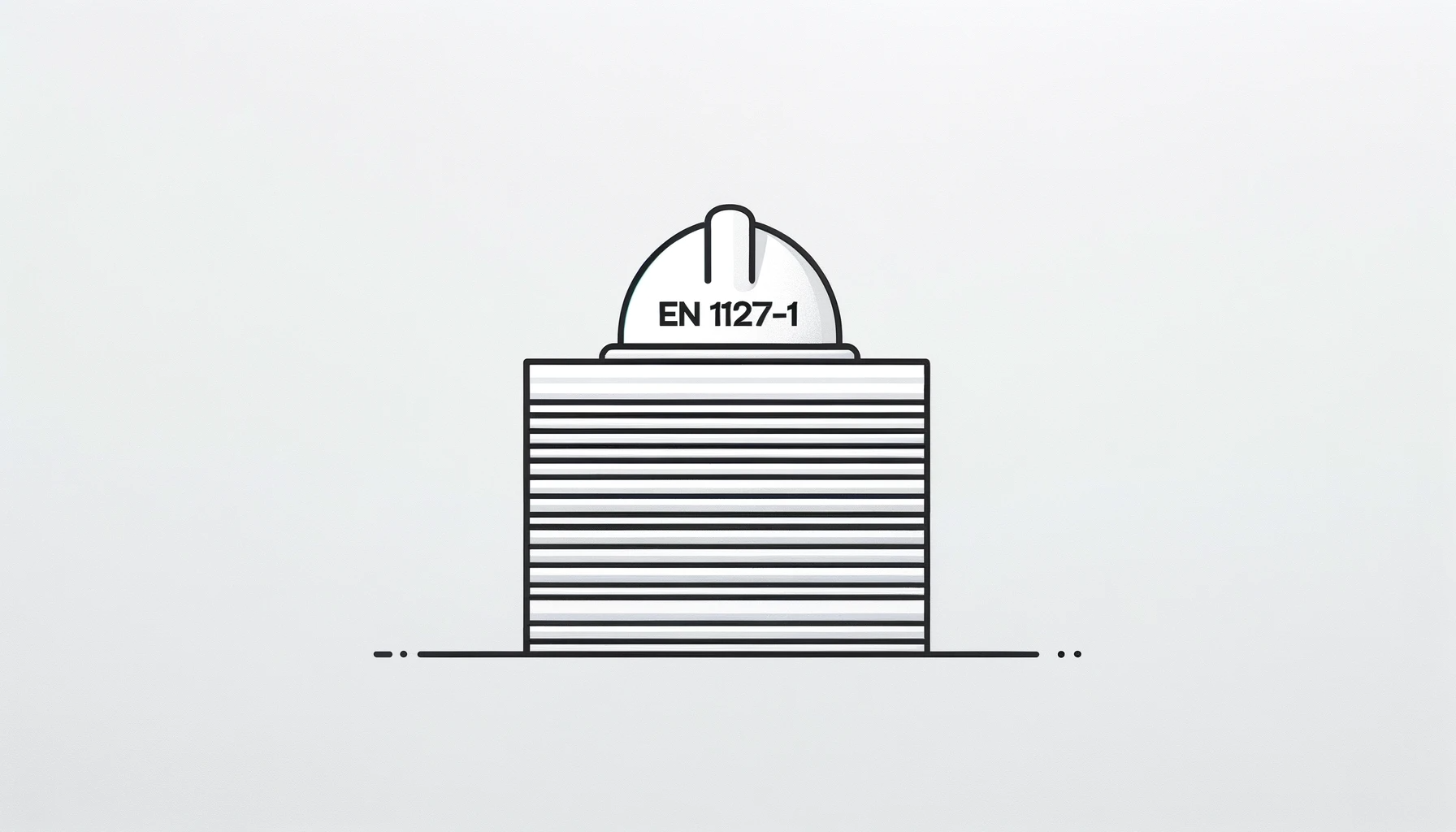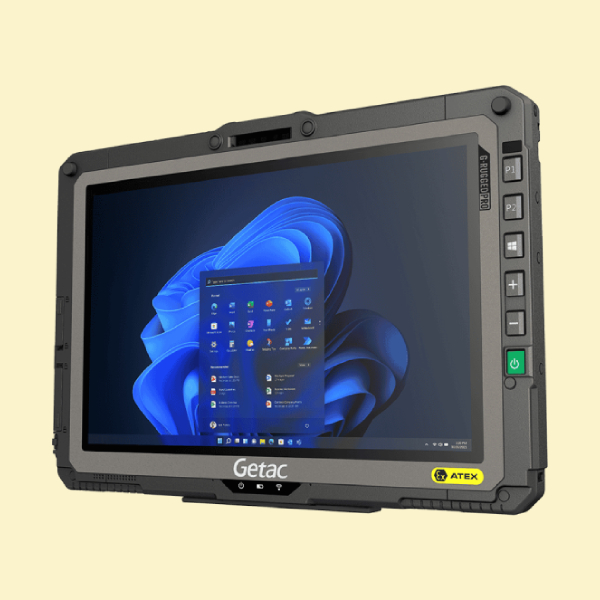EN 1127-1 is a European Standard that provides requirements and guidelines for the prevention of explosions, as well as the protection against explosions. It is written and maintained by the European Committee for Standardization (CEN)
According to the official document, the standard specifies basic methods and requirements which aim to ensure the safety of workers and the protection of the general public by preventing the formation of explosive atmospheres and limiting the effects of explosions to an acceptable level.
It covers the basic concepts and methodology for design, operation, and maintenance of equipment, as well as the safe handling of substances in order to prevent explosive atmospheres and to protect against the hazards from such atmospheres.

This article offers a concise guide to the European Standard, highlighting the key points covered. Additionally, we touch on Section 5, which systematically outlines the thirteen identified ignition sources.
A Comprehensive Overview of The Standard
EN 1127-1:2011 comprehensively covers various aspects of explosion prevention and protection. The document is structured into several sections and clauses, each dealing with specific topics on to explosion risks and prevention methods.

First, the document initiates with the foreword, introduction, and normative references. It then progresses to encompass sections 3–7, providing descriptions of the following:
Terms and Definitions (Section 3)
After covering the basics, this section provides definitions of key terms used throughout the standard.
Risk Assessment (Section 4)
This crucial section discusses the general framework for risk assessment, including the identification of explosion hazards, ignition hazards, and the estimation of possible effects of an explosion. It also evaluates the risk and whether the intended level of protection has been achieved, and considerations for reducing risks.

Possible Ignition Sources (Section 5)
This section details various potential sources of ignition, such as hot surfaces, flames and hot gases, mechanically generated sparks, electrical apparatus, stray electric currents, static electricity, lightning, radio frequency electromagnetic waves, ionizing radiation, ultrasonics, adiabatic compression and shock waves, and exothermic reactions including self-ignition of dusts.
Examples of electrical apparatus commonly used in hazardous areas are:
- Tablets, phones, and cameras
- Measuring equipment
- Sensors and IOT Devices
- Wireless connectivity systems
Standard consumer products are not allowed for use in hazardous areas, as they can generate heat (hot surface) and sparks (in the case of malfunction) and static electricity.
Consequently, hazardous area designers often employ the protection method intrinsic safety to ensure that electrical apparatus comply with explosion safety regulations.

Risk Reduction (Section 6)
Here, fundamental principles for risk reduction are discussed, including the avoidance or reduction of the size of the explosive atmosphere, design and construction of equipment protective systems and components to avoid effective ignition sources, and principles of measuring and control systems for explosion prevention and protection.
Information for Use (Section 7)
This section provides guidelines for the information necessary for commissioning, maintenance, and repair to prevent explosions, including qualifications and training.
All 13 Official Potential Ignition Sources

According to the European Standard EN 1127-1:2011 Section 5, there are 13 potential ignition sources in environments with explosive atmospheres. These sources are listed in the table below, including examples.
| Ignition Source | Description and Examples |
|---|---|
| Hot Surfaces |
Heated surfaces can ignite explosive atmospheres. This includes not only the surface itself but also any dust layer or combustible solid in contact with it. The ignition risk depends on the temperature, surface area, and the type of substance in the mixture with air. |
| Flames and Hot Gases (Including Hot Particles) |
Flames, hot gases, and hot particles produced during combustion reactions can ignite explosive atmospheres. Even very small flames are effective sources of ignition. |
| Mechanically Generated Sparks |
Sparks generated from friction, impact, or abrasion processes, like grinding, can ignite combustible gases, vapors, and certain dust/air mixtures. Oxidizable substances like iron or steel can reach high temperatures and ignite explosive atmospheres. |
| Electrical Apparatus |
Electric sparks and hot surfaces from electrical apparatus can be ignition sources. These sparks can occur when electric circuits are opened and closed, due to loose connections, or from stray currents. |
| Stray Electric Currents and Cathodic Corrosion Protection |
Stray currents can flow in conductive systems or parts, leading to sparks and potential ignition. These currents can result from various scenarios, including faults in electrical installations and magnetic induction. |
| Static Electricity |
Discharges of static electricity can lead to incendive sparks. This includes brush discharges, cone discharges, and cloud discharges from charged, insulated conductive parts and non-conductive materials. |
| Lightning |
Lightning strikes in an explosive atmosphere will always cause ignition. The high temperature reached by lightning conductors and large currents produced near the point of impact can also be ignition sources. |
| Radio Frequency (RF) Electromagnetic Waves | Electromagnetic waves emitted by radio-frequency systems can cause ignition in explosive atmospheres if conductive parts in the radiation field absorb sufficient energy. |
| Electromagnetic Waves (Higher Frequencies) | Radiation in higher frequency ranges, including sunlight and laser radiation, can become ignition sources through absorption by explosive atmospheres or solid surfaces. |
| Ionizing Radiation |
Ionizing radiation from sources like X-ray tubes and radioactive substances can ignite explosive atmospheres, especially those with dust particles. This can result from energy absorption or heating up of the radioactive source. |
| Ultrasonics | Ultrasonic sound waves can heat substances to temperatures that may induce ignition. |
| Adiabatic Compression and Shock Waves | High temperatures resulting from adiabatic or nearly adiabatic compression and shock waves can ignite explosive atmospheres and dust layers. |
| Exothermic Reactions Including Self-Ignition of Dusts |
Exothermic chemical reactions can lead to high temperatures that ignite explosive atmospheres. This includes the self-ignition of dusts and the initiation of smouldering or burning. |
The electrical apparatus displayed above is an ATEX tablet, certified for ATEX (and IECEx) zones 2 and 22, making it safe to use in explosive atmospheres classified accordingly.
This certification essentially means that the tablet is very unlikely to form a source of ignition, and its risk level is deemed acceptable according to ATEX and IECEx standards.
The Takeaway
In this article, we aimed to provide you with a foundational understanding of the content encapsulated in EN 1127-1. The complete document spans approximately 50 pages and is available for purchase through various online vendors. For further insights and information, we encourage you to explore our blogs and articles on explosion safety at https://testritje.nl/blog/.





